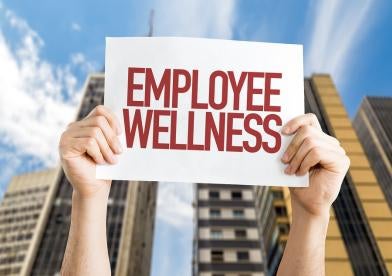After years in the making and thousands of comments to the proposed rule from 2013, Occupational Safety and Health Administration (OSHA) has finalized the Crystalline Silica Rule for General Industry and Maritime. The final rule was published in the Federal Register on March 25, 2016 with an effective date of June 23, 2016. The final rule establishes new exposure limits and action levels, as well as specifies requirements for employee exposure assessments, exposure controls, medical surveillance, respiratory protection, hazard communication, and recordkeeping.
Who is affected?
Any industry that utilizes sand as part of the manufacturing process could have employees that are exposed to respirable crystalline silica (quartz, cristobalite, and/or tridymite). Specific to the automotive industry would be foundries that process sand as part of the metal casting operation and blasting operations that utilize sand as the blast media.
What are the new exposure limits and action levels?
 The final rule establishes a permissible exposure limit (PEL) of 50 ug/m3 as respirable crystalline silica, averaged over an 8-hour day. Previously, silica was regulated as quartz through a respirable particulate relationship that established a varying PEL based on the silica content of measured respirable particulate matter. In addition to the new PEL, an action level of 25 ug/m3 has been established which is used as a trigger for higher frequencies of exposure monitoring and medical surveillance.
The final rule establishes a permissible exposure limit (PEL) of 50 ug/m3 as respirable crystalline silica, averaged over an 8-hour day. Previously, silica was regulated as quartz through a respirable particulate relationship that established a varying PEL based on the silica content of measured respirable particulate matter. In addition to the new PEL, an action level of 25 ug/m3 has been established which is used as a trigger for higher frequencies of exposure monitoring and medical surveillance.
What is required by the new standard?
The new rule has several requirements that facilities will need to implement. Highlights of the new rule include requirements to:
-
Conduct initial exposure assessments for employees to determine if exposures for different job functions exceed the PEL or action level. Periodic sampling is required for employees that have exposures above the PEL (every 3 months) or the action level (every 6 months).
-
Limit employee access to regulated areas where exposures are above the PEL.
-
Develop and implement engineering and work practice controls to reduce employee exposure to or below the PEL (unless an employer can demonstrate that such controls are not feasible).
-
Provide respiratory protection to employees when dust controls cannot limit exposures below the PEL.
-
Develop and implement a written exposure control plan for workplace tasks that involve exposure to crystalline silica.
-
Housekeeping provisions to be established through wet sweeping, HEPA vacuuming, or other methods that minimize airborne crystalline silica.
-
Offer triennial medical surveillance exams to employees exposed to levels over the action levels for 30 days or more per year.
-
Comply with additional training and recordkeeping requirements.
When are the compliance dates?
Although the final rule is effective on June 23, 2016, the requirements don’t become effective for General Industry until June 23, 2018, allowing two years for facilities to conduct exposure assessments and implement administrative and engineering controls. Additionally, medical surveillance is required to be in place for employees above the PEL (for 30 days or more) by June 23, 2018; medical surveillance isn’t required to be in place until June 23, 2020 for employees above the action level (for 30 days or more).
Additional information regarding the new Crystalline Silica Rule can be found at the OSHA website or at TRC’s Regulatory Update. The Federal Register Publication of the final rule is available here.
Karen Lutz from TRC Environmental Corporation is the author of this article.



 i
i


